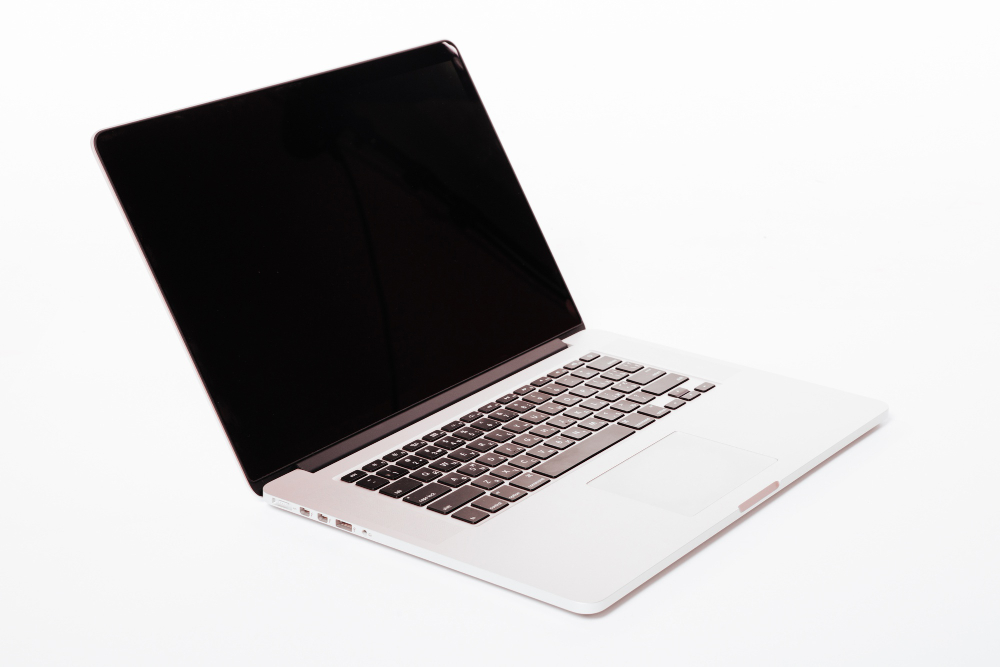Whether you own an older Mac model, a brand-new Mac, an iMac, or a MacBook Air, it is inevitable that you will encounter sluggish performance issues at some point. The frustration of unresponsive apps, slow boot-up times, and stuttering videos can be overwhelming. If you find yourself constantly pondering, “Why is my Mac so slow?” fear not, as we have the solutions to help you revitalize your Mac’s speed and performance.
The experts of computer repair in Manchester explain that you can easily revitalize your Mac’s speed and performance with various tips and techniques. Keep reading the article to learn those expert tips and techniques and enjoy a smoother and more efficient user experience and optimize your Mac’s performance.
Why Does Your Mac Run Slow? Reasons Explained by Experts
According to MacBook repair experts, one of the most common reasons why your Mac is running slow is because of an outdated operating system or a full hard disc. This is especially true if you have an older Mac. However, if you recently purchased a new Mac, it could be due to too many apps running in the background or a malfunctioning app.
Here, we have listed some common reasons for your Mac running slow:
- Background Processes: Many Macs, even the new ones, fail to notify you when some processes are taking up excessive memory or CPU. This is true in case you’re using a buggy app.
- Heavy Graphic Visuals: MacOS consists of heavy graphics, which are too much for older Mac hardware. It takes up a lot of resources and impacts the battery performance negatively.
- Malware Infection: Though it is unlikely, in order to ensure there is no malware infection, you must regularly scan your system using anti-virus tools.
- Outdated MacOS or Apps: It is recommended by the experts to regularly update your MacOS as it includes new and improved features.
Now that you know the various reasons that could be making your Mac perform slower, let’s move on to its possible solutions.
Also read: The Ultimate MacBook Repair Guide
Solutions and Optimization Tips for Slow-Running MacBook by Experts
Identify Resource-Intensive Applications
The first step in addressing slow MacBooks is to identify which applications are consuming more resources. Open the Activity Monitor (Located in the Utilities folder) and monitor the CPU, Memory, and Disk tabs. Look for any applications on processes that are using a significant amount of resources and consider closing or uninstalling them if they are not essential.
Free Up Storage Space
Insufficient storage can greatly impact your MacBook’s performance. Delete unnecessary files, such as old downloads, duplicates, and large media files. You can use the built-in Storage Management feature (Accessible through the Apple menu > About This Mac > Storage) to identify and remove large and unnecessary files. Additionally, consider utilizing cloud storage or external drives to offload files and free up space on your MacBook.
Optimize Startup Items
Too many applications launching at startup can slow down your MacBook’s boot time. Open System Preferences, navigate to Users & Groups, and click on your user account. Go to the Login Items tab and remove any unnecessary applications from the list. This will help your MacBook start up faster and improve overall performance.
Manage Login Items
Some applications keep running in the background even when you do not need them. These apps consume system resources and can slow down your MacBook. To manage login items, go to System Preferences > Users & Groups > Login Items, and select any applications that you do not need to launch automatically.
Clean Up Your Desktop
Having a cluttered desktop with numerous files and icons can impact your MacBook’s Performance. Organize your desktop by creating folders and moving files into them. This reduces the strain on system resources and helps improve overall responsiveness.
Keep macOS and Apps Updated
It is highly recommended by the experts of Macbook Repair services to update your macOS and applications for optimal performance regularly. Apple releases updates that include bug fixes, security patches, and performance improvements. Check for updates by going to the Apple menu > System Preferences > Software Update, and install any available updates.
Upgrade Hardware
If your Macbook is still slow despite optimizing software and settings, consider upgrading certain hardware components. Adding more RAM or replacing your hard drive with a solid-state drive (SSD) can significantly boost your MacBook’s performance. However, you must ensure you go to a reputed professional for this purpose.
At Tech Zones, our team is an expert in handling all Mac-related hardware and software issues. Whether it is a hardware replacement your Mac needs or malfunctioning software, you can come to us confidently.
Conclusion
A slow MacBook can be frustrating but with the right solutions and optimization tips, you can restore its speed and performance. By implementing the tips mentioned above, you can enjoy a faster and more efficient MacBook experience.
We hope you find the information helpful. To book an appointment with one of our expert technicians, you may contact us to book an appointment or visit our website for more information.


